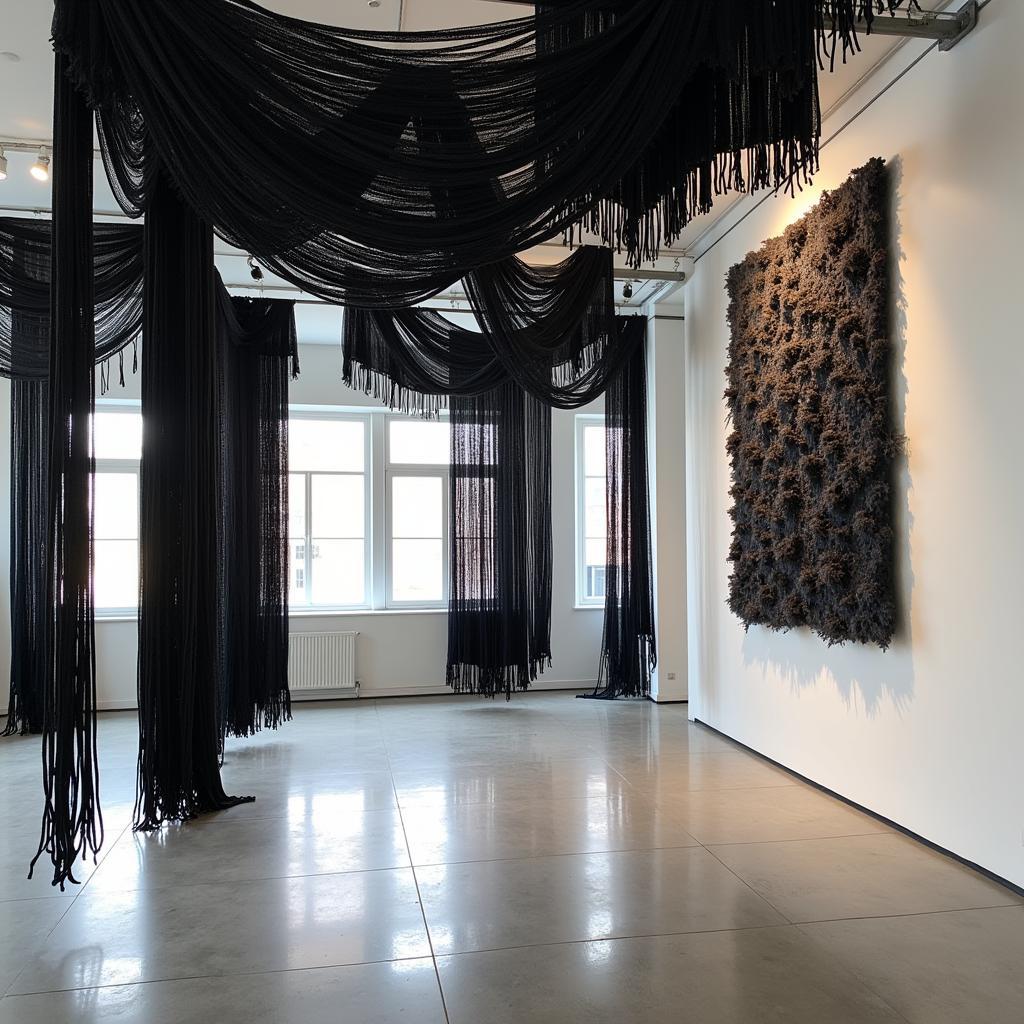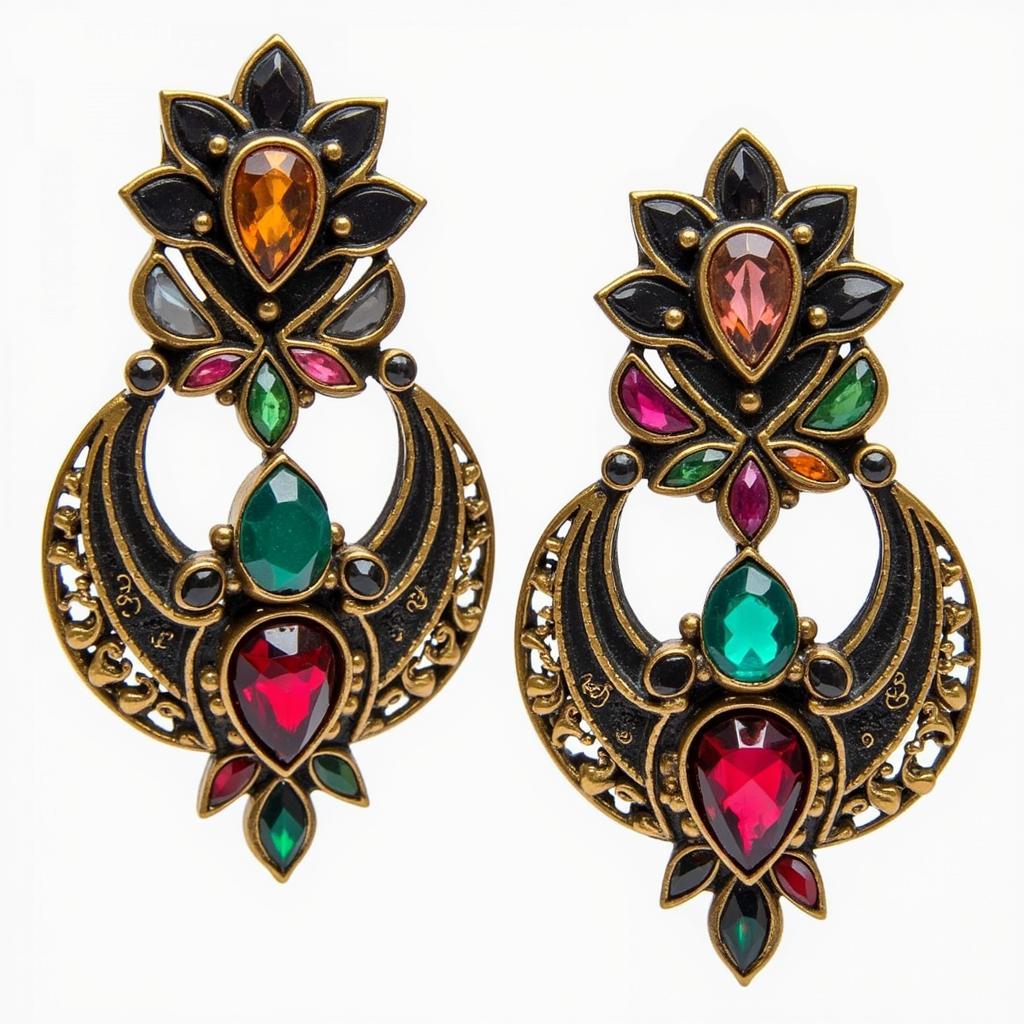Famous Black and White Abstract Art: A Journey Through Time and Style
Black and white abstract art is a powerful form of visual expression that transcends cultural and linguistic boundaries. By stripping away color, the artist invites us to experience the essence of form, line, and texture in their purest form. This interplay of light and shadow, often characterized by bold contrasts and subtle gradations, evokes a range of emotions, from serenity to dynamism, contemplation to excitement.
 Black and White Geometric Abstract Art
Black and White Geometric Abstract Art
The Pioneers of Black and White Abstraction
The early 20th century witnessed a seismic shift in the art world, as artists began to break free from traditional representational art. This revolutionary movement, known as abstract art, explored new ways of seeing and interpreting the world around us. Key figures like Wassily Kandinsky, Kazimir Malevich, and Piet Mondrian embraced black and white as integral elements in their abstract compositions.
Kazimir Malevich and the Supremacy of Feeling
Kazimir Malevich, a Russian artist, is celebrated for his Suprematist paintings, exemplified by his iconic “Black Square” (1915). This seemingly simple composition, a black square set against a white background, challenged the very definition of art and ushered in a new era of abstract expression. Malevich believed that art should transcend the material world and instead express pure feeling, which he termed “Supremacy.” He saw black and white as representing the fundamental duality of human existence: the spiritual and the material.
The Legacy of Bauhaus and Beyond
The influence of the Bauhaus school of design, founded in Germany in 1919, further cemented the significance of black and white in abstract art. The Bauhaus philosophy emphasized functionality and minimalist aesthetics, favoring geometric forms, clean lines, and a limited color palette. Artists like Josef Albers explored the interplay of color and perception through his series “Homage to the Square,” often using black and white to create optical illusions and spatial ambiguity.
Why Black and White Abstract Art Continues to Captivate Us
The enduring appeal of black and white abstract art lies in its ability to transcend time and trends. It offers a timeless elegance and sophistication that complements a wide range of interior design styles, from minimalist to eclectic.
A Timeless Aesthetic for Modern Spaces
In today’s world, where we are constantly bombarded with visual stimuli, black and white abstract art offers a sense of respite and visual clarity. The absence of color allows us to focus on the fundamental elements of composition, encouraging a deeper engagement with the artwork. The stark contrasts and subtle gradations of black and white photography, in particular, can create a sense of drama and intrigue, drawing the viewer’s eye into the heart of the image.
 Modern Black and White Abstract Art Installation
Modern Black and White Abstract Art Installation
Exploring Black and White Abstract Art Today
Today, artists continue to push the boundaries of black and white abstract art, experimenting with new materials, techniques, and concepts. Digital art, in particular, has opened up exciting new possibilities for creating stunning abstract compositions.
If you’re drawn to the bold simplicity and timeless elegance of black and white, explore the world of black color art or delve into the dynamic energy of graffiti abstract art. For those seeking a touch of whimsy, ripple effect art offers a captivating blend of movement and form.
Conclusion
From the groundbreaking works of early 20th-century pioneers to the innovative creations of contemporary artists, Famous Black And White Abstract Art continues to captivate and inspire. Its timeless appeal lies in its ability to evoke a wide range of emotions, provoke thought, and transcend cultural boundaries. Whether you are a seasoned art enthusiast or a curious newcomer, exploring the world of black and white abstract art is a journey of discovery that promises to enrich your visual vocabulary and deepen your appreciation for the power of art.



